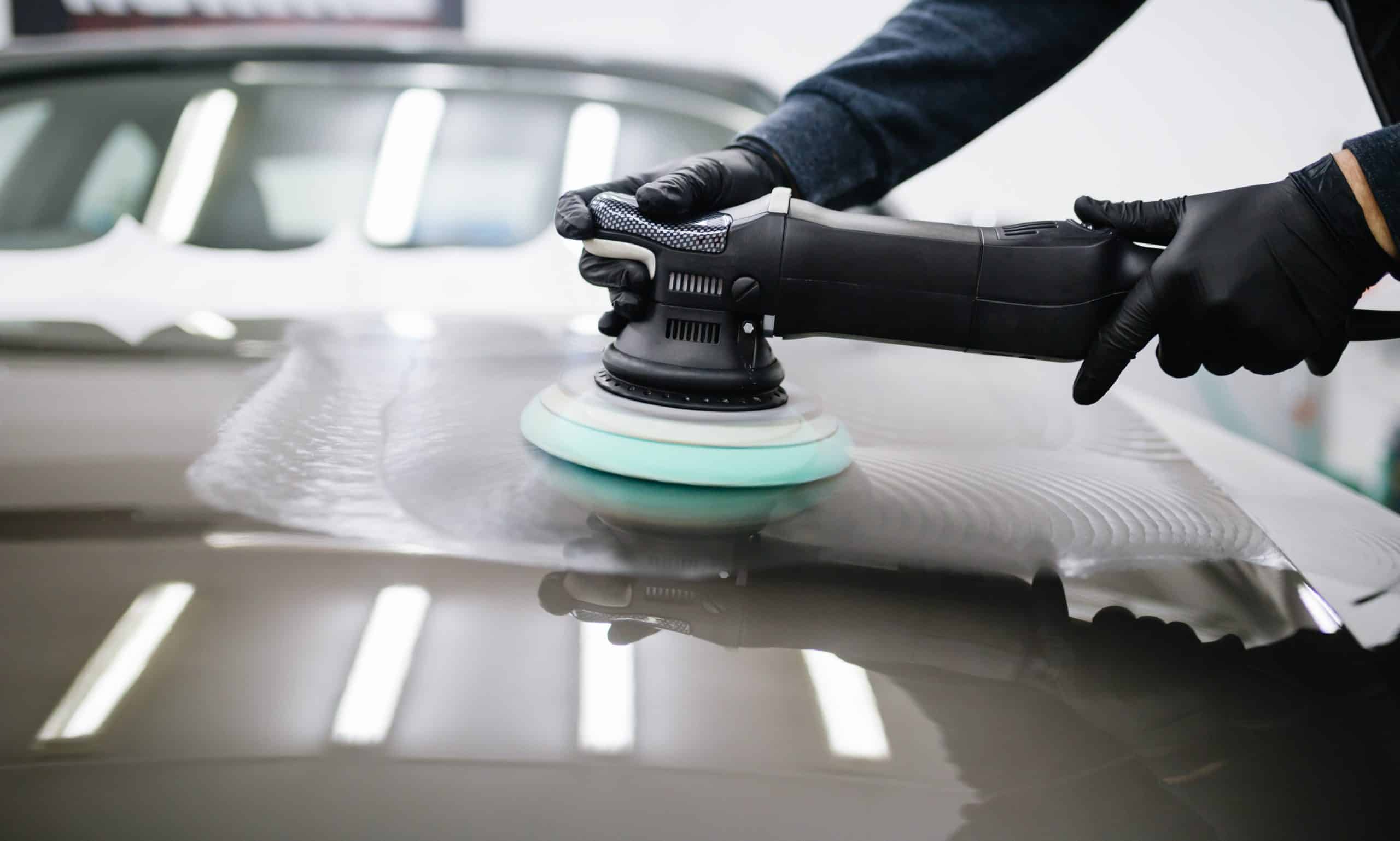
When it comes to maintaining your vehicle, understanding the importance of tire pressure is paramount. Not only does the correct tire pressure ensure optimal vehicle performance, but it also enhances safety and fuel efficiency. However, drivers often find themselves puzzled over one critical question: “What tire pressure is too low?” This article delves into the importance of maintaining proper tire pressure, the risks associated with low tire pressure, and how to manage your vehicle’s tires effectively.
The Significance of Tire Pressure
Tire pressure, measured in pounds per square inch (PSI), is a crucial factor that affects your car’s handling, fuel efficiency, tire wear, and overall safety. Proper tire pressure ensures that your vehicle has the right amount of grip on the road, providing a comfortable and safe driving experience. Moreover, it helps in evenly distributing the weight of your vehicle across the tire tread, which is essential for even wear and longevity of your tires.Identifying Too Low Tire Pressure
So, what tire pressure is considered too low? Generally, a tire is regarded as underinflated when its pressure falls 20% below the manufacturer’s recommended PSI. For most passenger vehicles, the recommended tire pressure is between 30 to 35 PSI. Therefore, a tire pressure below 24 PSI is typically considered too low and can significantly impact the vehicle’s performance and safety. Moreover, tire pressure below 20 PSI is generally considered extremely risky, indicating that the tire is not just under inflated but potentially flat and dangerous to drive on. At this level, the risk of tire failure, such as a blowout, is significantly increased, and the vehicle’s handling and braking capabilities are severely compromised.The Risks of Low Tire Pressure
Driving with low tire pressure poses several risks:- Reduced Fuel Efficiency: Low tire pressure increases the rolling resistance of your tires, meaning your vehicle has to work harder to move forward, leading to higher fuel consumption.
- Poor Handling and Braking: Underinflated tires can lead to decreased steering precision and longer braking distances, making it harder to control the vehicle, especially in emergency situations.
- Increased Tire Wear: Tires with low pressure wear out more quickly and unevenly, as the outer edges of the tire bear more load and friction.
- Higher Risk of Tire Failure: Low tire pressure can cause overheating in the tires, increasing the risk of blowouts and potentially dangerous driving situations.
- Replacement of damaged parts: If you continue driving on a flat tire, damage to the tire and the integrity of the wheel rim and associated parts might necessitate replacement of the tire and all damaged parts.
Maintaining Proper Tire Pressure
To avoid the pitfalls of low tire pressure, it’s essential to regularly check and maintain your tires:- Regular Checks: Make it a habit to check your tire pressure at least once a month and before long trips. Remember, tire pressure can decrease due to temperature changes and natural leakage over time.
- Use a Reliable Tire Gauge: Invest in a quality tire pressure gauge to ensure accurate readings. Digital gauges are generally more accurate and easier to read.
- Refer to Your Vehicle’s Manual: Always adhere to the manufacturer’s recommended tire pressure for your vehicle, which can usually be found in the owner’s manual or on a sticker inside the driver’s door.
- Adjust for Load and Conditions: Adjust your tire pressure for heavy loads or towing as recommended by your vehicle manufacturer, and remember that tire pressure requirements may vary for different types of tires and vehicles.
Conclusion
Understanding “what tire pressure is too low” is crucial for any driver looking to maintain their vehicle’s performance, safety, and efficiency. Regularly monitoring and maintaining the recommended tire pressure is a simple yet effective way to ensure your vehicle operates at its best. By adhering to the guidelines provided, drivers can enjoy a safer, more efficient, and enjoyable driving experience, prolonging the life of their tires and vehicle.
Anthony
Anthony, with a Master of Science, is a dedicated writer specializing in the intersection of science and the automotive world. His profound passion for facts and technology drives him to decode the intricacies of engines and the latest tech trends. With a talent for simplifying complex subjects, Anthony's writings offer a unique perspective, ensuring readers grasp the fascinating connections between science and automobiles. Outside of his research, he's often found exploring nature or delving into the latest tech advancements. Join Anthony in uncovering the science behind everyday automotive wonders.
Share
Tweet
Share
Email
Share






